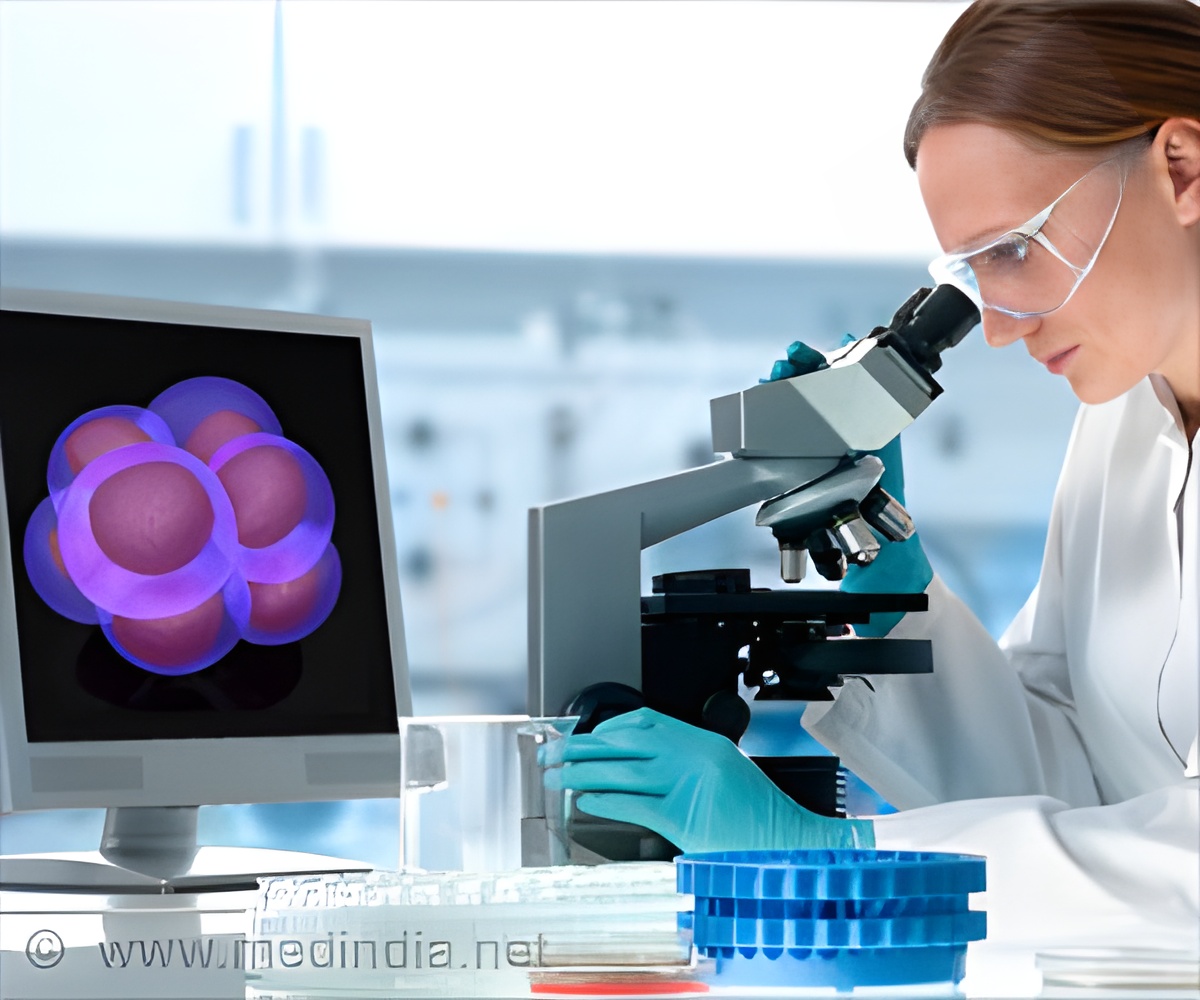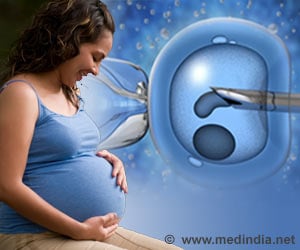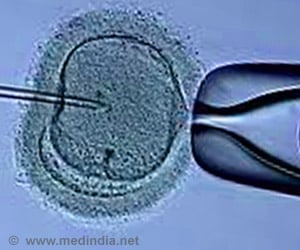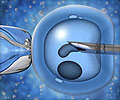
‘An improved method of transferring DNA between human egg cells, a technique that aims to create embryos free of their mother's genetic defects has been unveiled by scientists.’
Tweet it Now
It is estimated that one in 5,000 children is thought to be born with disease-causing mitochondrial mutations which can affect the muscles, eye, brain or heart. There is no effective treatment for it.
Unlike nuclear DNA, which is transferred to offspring by the mother and father combined, mitochondrial DNA is inherited from the mother alone. Scientists have unveiled an improved method of transferring DNA between human egg cells, a technique that aims to create embryos free of their mother's genetic defects.
Refinements to an existing method known as 'pronuclear transfer', sometimes called three-person in-vitro fertilization (IVF), greatly reduced the amount of faulty, disease-causing DNA in the lab-produced embryos, they reported in the journal Nature.
The method involves extracting healthy DNA of the mother and father from the nucleus of a fertilized egg. Each egg cells also contains a different type of DNA residing in tiny cell structures called mitochondria.
Sometimes the mitochondrial DNA undergo mutations which can be transmitted to offspring and can cause an array of disorders. The nuclear DNA is transferred into a donated egg cell - with healthy mitochondrial DNA - from which the nucleus has been removed.
Advertisement
Commentators said the study marked significant progress towards a safer form of IVF for women who carry disease-causing mitochondrial mutations.
Advertisement
The new study, using over 500 eggs from 64 donor women, showed that small tweaks to the existing procedure can reduce the risk of mutant mitochondrial DNA transferal.
It worked best to perform the procedure on the day of the egg's fertilization, not later, the scientists found. And it was better to freeze the egg of the patient, rather than that of the donor.
The embryos, which were not allowed to develop, contained less than two percent of the mutated mitochondrial DNA in the original egg, the authors found. This is below the 5% threshold considered safe.
The study was an important step, said commentators, but the 2% level was still no guarantee against disease.
According to Marni Falk of The Children's Hospital of Philadelphia's human genetics division, "there is the chance that even small levels of mutant mtDNA (mitochondrial DNA) can become unpredictably enriched in the developing person over time."
Added Herbert, "Our ongoing research is focused on refining the techniques to further reduce the risk of transmitting disease."
The results of the study will be presented to an expert panel of Britain's fertility treatment regulator, the Human Fertilization and Embryology Authority, which must decide whether to issue the first license to a clinic.
Source-AFP













